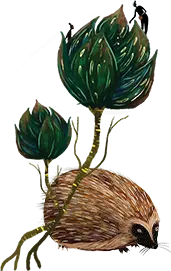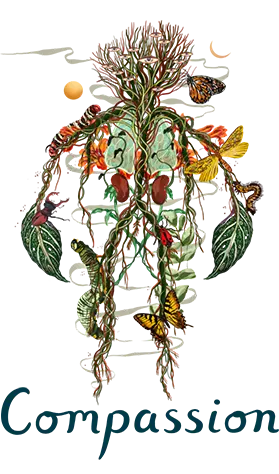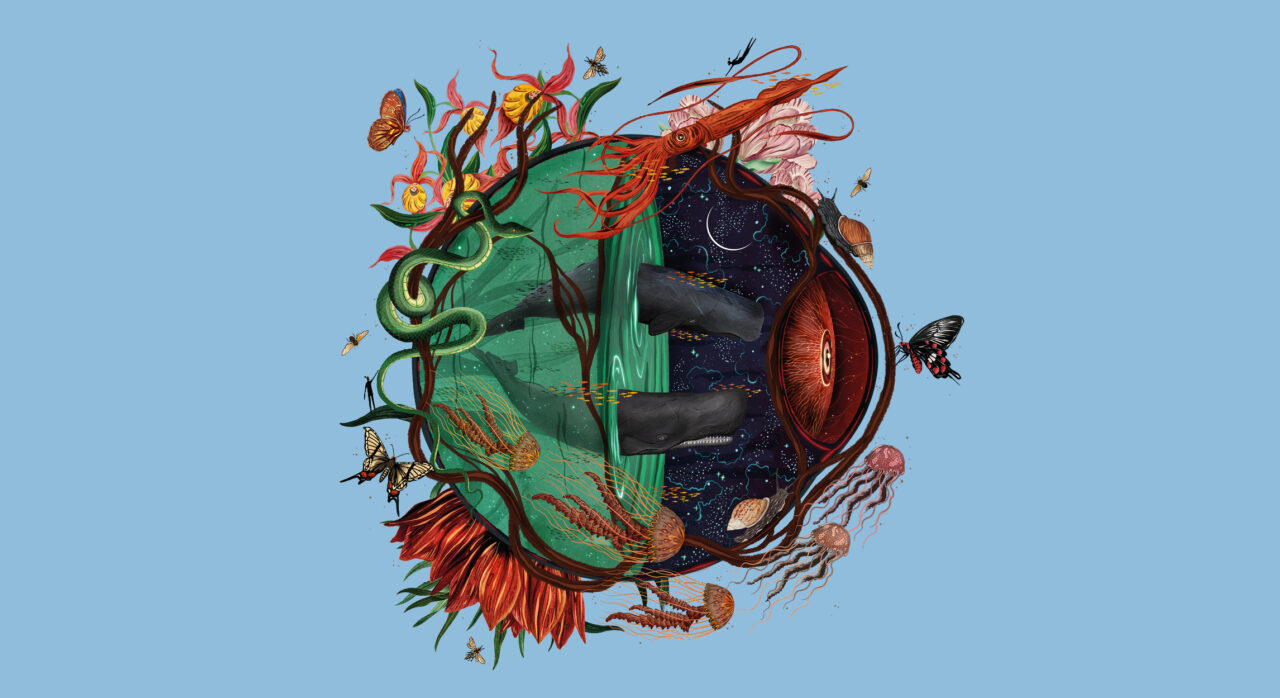
What is the Beauty pathway to Nature Connection?

The Beauty pathway is about…
Seeking out, noticing and appreciating the beauty of the natural world, and looking for opportunities to celebrate Nature’s Beauty.
Written in partnership with Carly Butler from the Nature Connectedness Research Group at University of Derby

We are hardwired to experience beauty, and are more likely to see beauty in Nature than in human-made artefacts (Knoll et al., 2024). The visual appeal of Nature has been considered as one of the reasons that humans experience a sense of connection with the rest of Nature, and is associated with creativity, peace, and harmony (Kellert, 1993).
But if we don’t pay much attention to the more-than-human world (and a lot of the time, many people don’t pay attention), we fail to appreciate Nature’s beauty and to engage with it on an emotional level.
To activate the beauty pathway to Nature connectedness, we simply need to look for the beauty of the natural world wherever we are and take time to welcome that beauty.
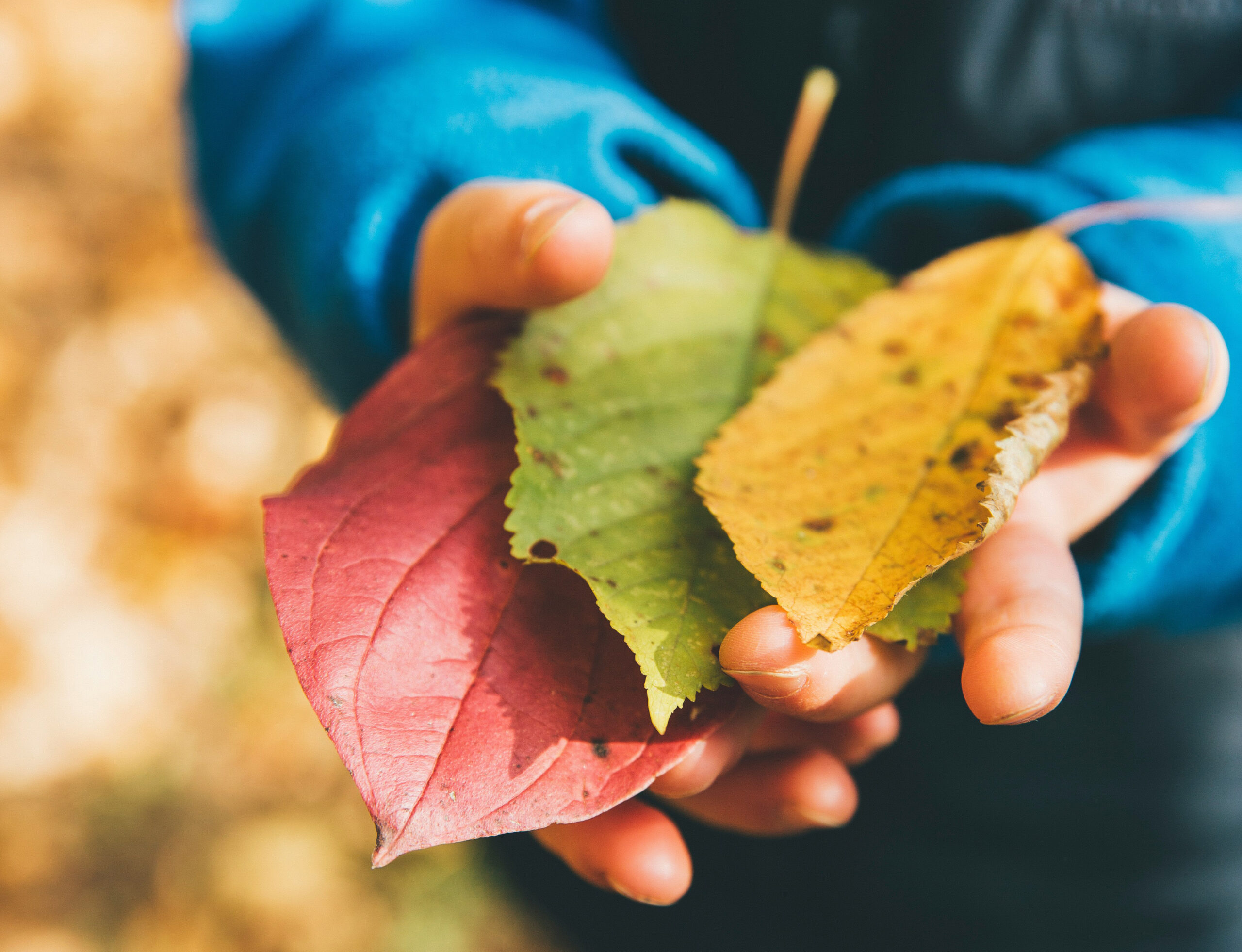
Often we overlook the beauty of the most ordinary aspects of the natural world, taking for granted the beauty of a dandelion seed head, the iridescence of a starling’s feathers, the shininess of a ladybird, the effect of the sun shining through a leaf, the silhouette of a tree, or the beauty of a robin’s song.
If we look and listen at Nature differently, more closely, we give ourselves more opportunities to appreciate the beauty of the shapes, textures, colours, and intricacies of Nature, beyond the grand and spectacular. The everyday beauty of the more-than-human world can nourish and enrich our lives.
Sometimes it helps to see a pathway in action, which you can read more about here.
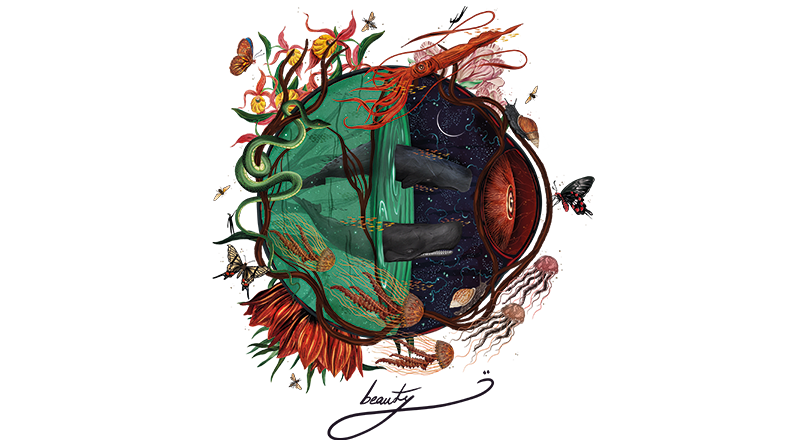
What the research says…
‘Unselfing’ – Appreciating beauty takes people’s attention away from themselves and towards wider world and others. A sense of self-transcendence. (Zhang, Piff et al., 2014)

While nature connection is linked with wellbeing – the link is stronger amongst those who appreciate nature’s beauty (Zhang, Howell et al., 2014)

Those who are more likely to appreciate beauty in nature show more prosocial tendencies. Seeing beautiful nature (compared to less beautiful images of nature) led to people feeling more generous and trusting, and more likely to help others. (Capaldi et al., 2017)


Explore ‘Beauty’ pathway activities…
References
Capaldi, C. A., Passmore, H. A., Ishii, R., Chistopolskaya, K. A., Vowinckel, J., Nikolaev, E. L., & Semikin, G. I. (2017). Engaging with natural beauty may be related to well-being because it connects people to nature: Evidence from three cultures. Ecopsychology, 9(4), 199-211. https://doi.org/10.1089/eco.2017.0008
Kellert, S. R. (1993). The biological basis for human values of nature. In S. R. Kellert & E. O. Wilson (Eds.), The biophilia hypothesis (pp. 42–69). Washington, D.C.: Island Press.
Knoll, A. L., Barrière, T., Weigand, R., Jacobsen, T., Leder, H., & Specker, E. (2024). Experiencing beauty in everyday life. Scientific Reports, 14(1), 9463. https://www.nature.com/articles/s41598-024-60091-w
Zhang, J. W., Piff, P. K., Iyer, R., Koleva, S., & Keltner, D. (2014). An occasion for unselfing: Beautiful nature leads to prosociality. Journal of environmental psychology, 37, 61-72.
Zhang, J. W., Howell, R. T., & Iyer, R. (2014). Engagement with natural beauty moderates the positive relation between connectedness with nature and psychological well-being. Journal of Environmental Psychology, 38, 55–63.



